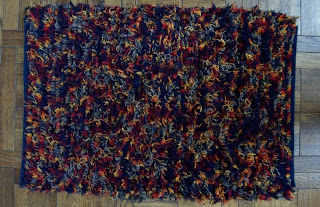Handwoven Cotton Dishtowels for Spring
I use unmercerized cotton for my handwoven dishtowels which is absorbent and becomes softer with use. They are machine washable and can tossed in the dryer. These towels are meant to last and they do!!
For many years this cotton weaving yarn, in many different sizes, was available on cones. Usually one to five pounds in weight, this was an economic and handy way to buy large amounts of thread. Many were sold as mill ends which were wind offs from industrial weaving mills. Mill ends were inexpensive and a great resource for us cottage weavers.
Mill ends have unfortunately become hard to find in America. They are being replaced by yarn cones that are much more expensive. Instead of being sold by the pound, they are available in 8 oz mini cones at the same price that a pound mill end used to cost.
Cotton costs more in any form because of the worldwide drought. Of course there are numerous man made fibers that can be substituted but I will always stick to cotton for my towels. By the way, all of the cotton yarn used in these towels were made in the USA :)
I have listed 3 spring theme towels for sale in my online shop http://www.etsy.com/shop/sheepandthreads
Here is a peek at them!
They all have the same design panels except for the colors and are 18"x 27" in size. I used a traditional Rose Path threading in my own design combination. My favorite towel is the lavender one, can't wait till our plants are in bloom again! These Spring towels would be a great item to add to an Easter basket or as a housewarming gift!!
The following photo is of what the towels look like when they are removed from the loom. I still have to finish the hems, clean up the thread ends and then they need to go into the washer and dryer so they are preshrunk when sold.























